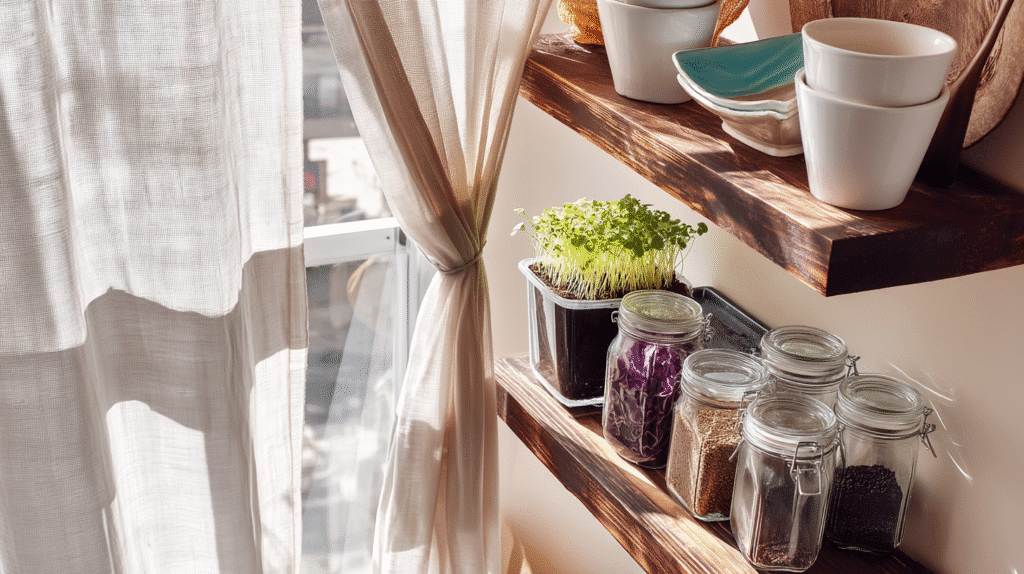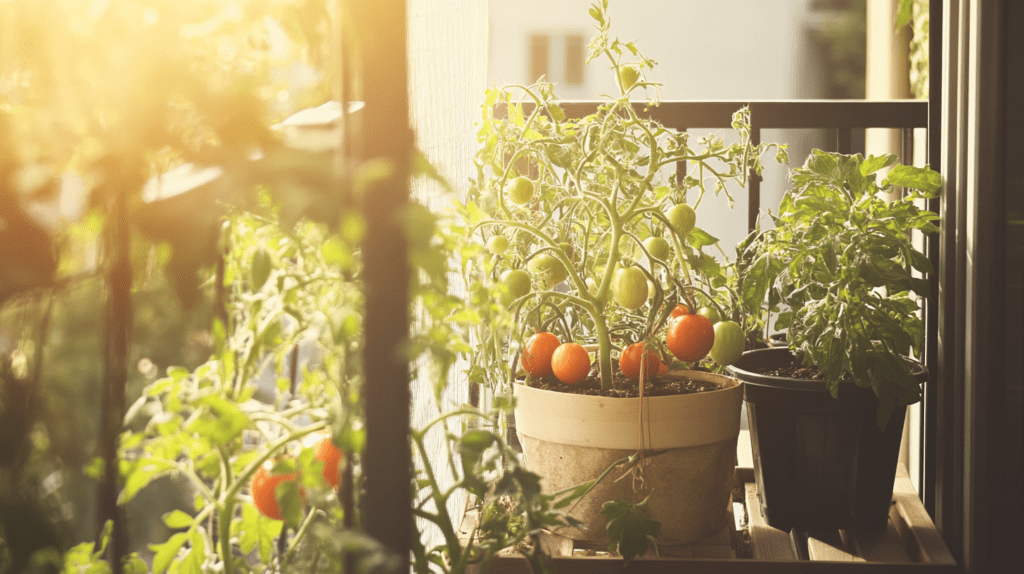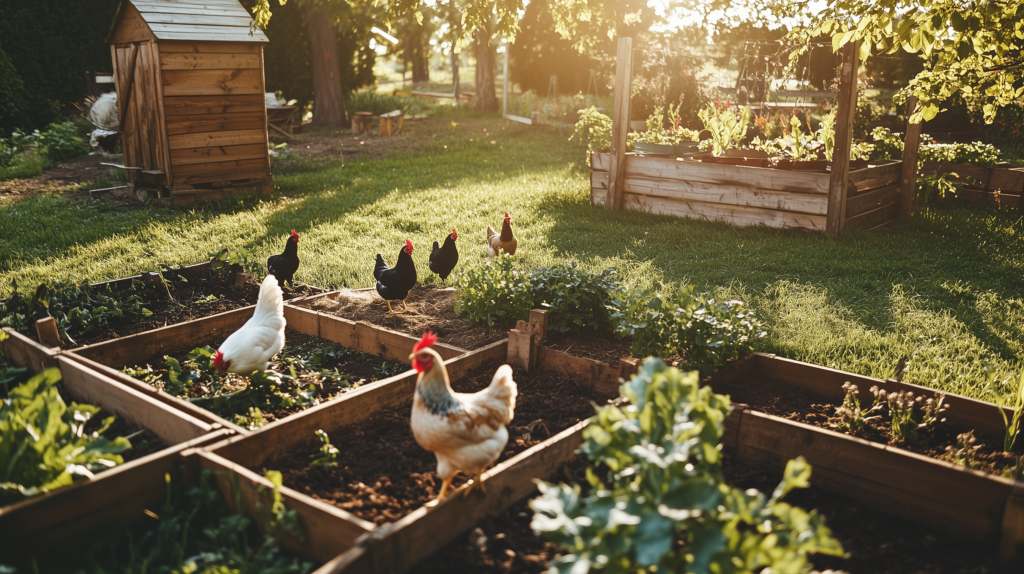This post may contain affiliate links, including those from Amazon Associates. If you make a purchase through these links, I may earn a commission at no additional cost to you. Learn more about our affiliate policy.
I used to think achieving food self-sufficiency was only possible if you had sprawling farmland or acres of rolling countryside.
But living in a city apartment myself, I’ve discovered that urban spaces hold surprising potential to provide fresh, wholesome food right at your doorstep and without breaking the bank.
If you’re feeling a deep pull towards reclaiming sovereignty over your food supply, you’re not alone.
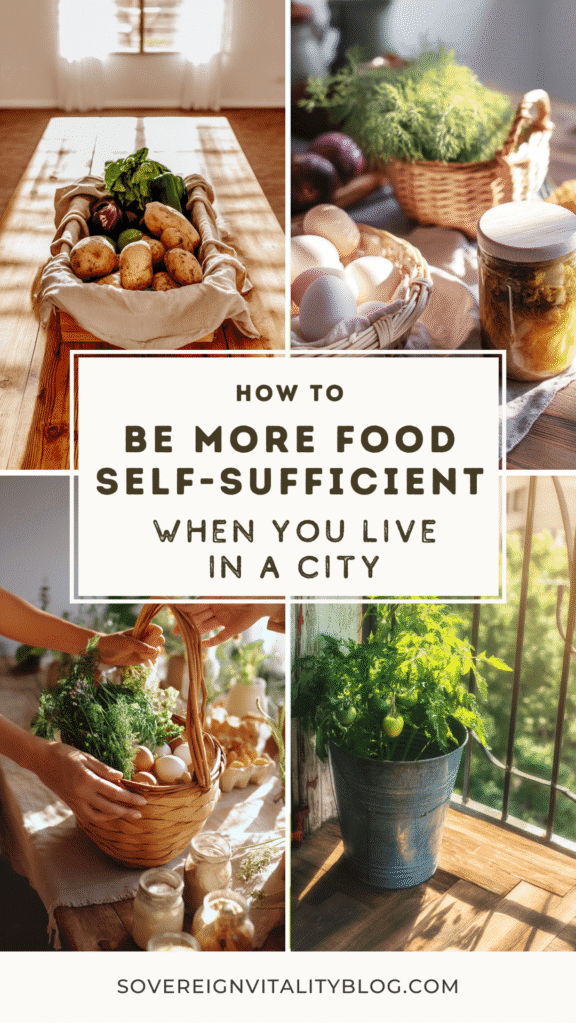
And It’s easier than you might think, even on a modest budget and limited space.
Today, I want to walk you through some of the best strategies I’ve personally found and learned from seasoned urban homesteaders to start your journey toward food self-sufficiency, whether you’re living in an apartment, townhouse, or small urban backyard.
Let the Animals Work for You (Yes, Even in the City)

Rolling Chicken Tractors for Pest Control and Fertilizer
Chickens might seem out of reach in an urban setting, but they’re surprisingly manageable in a small backyard, and incredibly beneficial.
A rolling chicken tractor (a portable chicken coop), allows chickens to forage naturally.
This cuts down feed costs dramatically since they’re happily munching on garden pests and kitchen scraps. Plus, chickens provide natural fertilizer that’s perfect for enriching garden soil.
I’ve found this particularly useful when I started gardening—it boosted my soil quality immensely without added cost.
Curious how you can get started? My post on 6 Beginner-Friendly Steps to Raise Chickens for Your Backyard Homestead covers everything from selecting breeds suitable for smaller spaces to building your first diy coop.
Quiet, Compact Livestock: Rabbits and Quail
If you’re worried about noise or space, rabbits and quail offer fantastic alternatives. Both require minimal room and are quiet neighbors.
Quail lay prolifically and thrive in stackable cages, ideal for balconies or tiny backyards. Rabbits, on the other hand, are champions at converting greens into high-protein food sources.
Feeding them garden surplus or wild greens like dandelions is another way to stretch your food budget even further.
Turn “Waste” into Resources
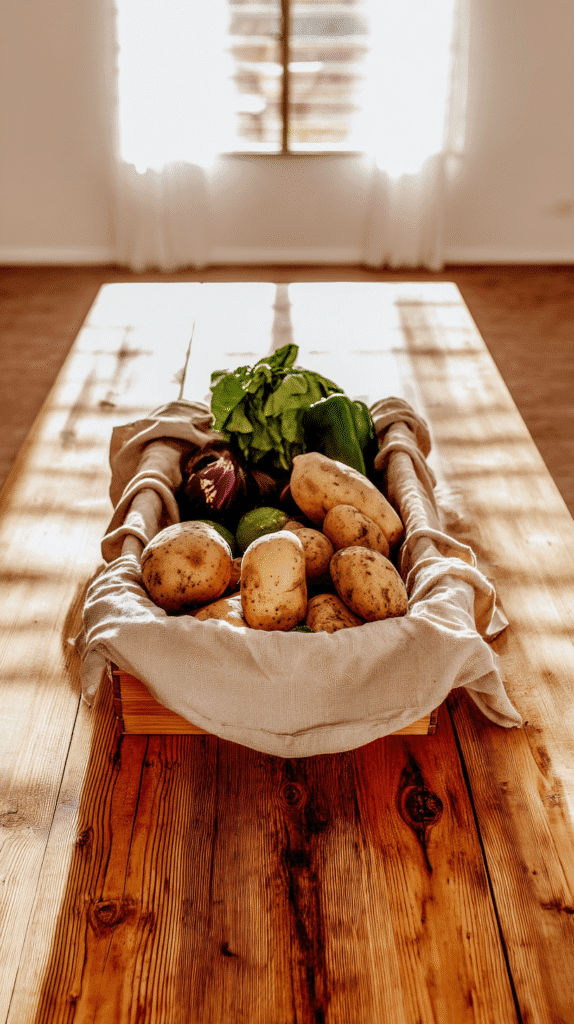
Rescue Produce from Grocery Stores
It took a bit of courage the first time I asked my local grocery store if they had unsellable produce.
Surprisingly, not only did they say yes—they were thrilled someone could use it. Building a relationship with local vendors can secure a regular supply of fruits and veggies, either free or at minimal cost.
What’s not animal-friendly goes straight into my compost bin, creating a full-circle sustainable system.
Forage Smart in the City
Urban foraging was intimidating at first, but learning to identify simple plants like dandelions, blackberries, mushrooms, and wild herbs opened a new world.
Dandelion greens, in particular, became a staple in my salads and stir-fries. They’re nutritious, abundant, and safe to forage from pesticide-free areas like parks and schoolyards. Just make sure to double-check local guidelines before foraging.
Maximize Space and Yield with Smart Growing

Grow What Saves You the Most
When I first began urban gardening, I made the mistake of planting low-cost veggies like carrots and onions.
Now, I focus my limited space on high-impact produce—herbs, heirloom tomatoes, lettuces, radishes, and berries—that cost significantly more at the market. Using vertical gardening changed the game for me.
Tall planters and wall setups have allowed me to grow abundant produce, even on a tiny balcony.
If you’re unsure where to start, my article 10 Easiest Vegetables for Container Gardening in Small Spaces will guide you through some simple options that even beginner gardeners can handle.
Seed Swapping and DIY Containers
Startup costs can feel overwhelming, so I’ve embraced seed swapping communities like r/seedswap. Trading seeds for free has not only cut my gardening costs dramatically, but it has also introduced me to unique heirloom varieties.
Plus, repurposing containers like yogurt tubs, old cans, or milk cartons makes seed-starting practically free.
Feed the Soil That Feeds You
Natural Composting for Small Spaces
When you nourish your soil, you nourish yourself. I started with a simple worm bin and later added a bokashi compost system, ideal for apartment living.
Both methods quickly turned kitchen scraps and animal droppings into nutrient-rich compost. Over time, this practice significantly reduced my dependence on expensive store-bought soil amendments.
Build Community and a Barter Economy
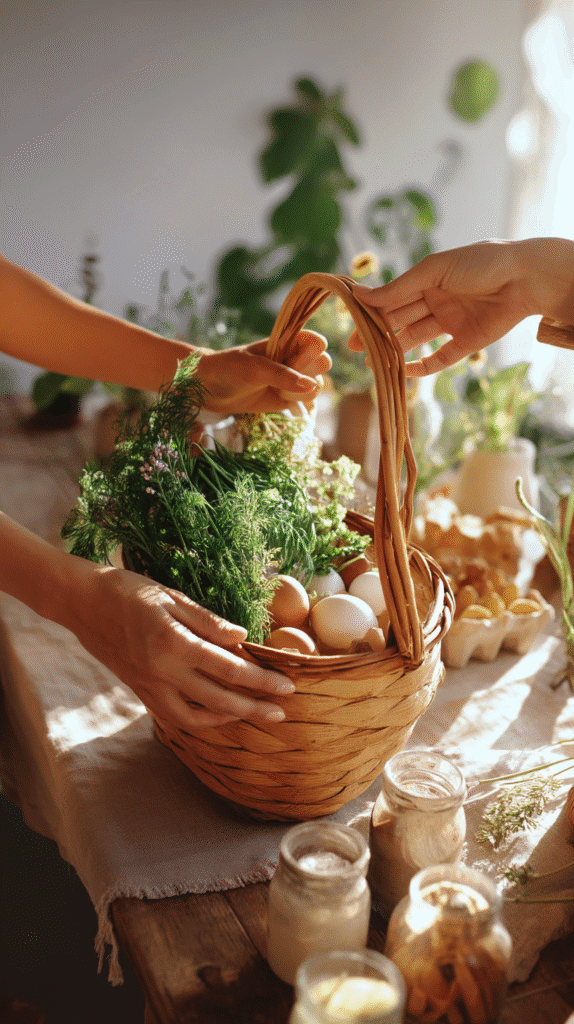
Trade to Fill the Gaps
Embracing community has been one of my greatest joys in my urban homesteading journey. Trading surplus eggs, herbs, or veggies with neighbors for things like honey, fresh fruits, or even homemade preserves has enriched my pantry and strengthened local connections.
Local gardening groups, Facebook marketplaces, and neighborhood apps are fantastic resources to find others interested in bartering.
For more ideas on community-driven self-sufficiency, check out my earlier post 10 Ways to Be More Self-Sufficient While Living in a City. It’s packed with tips to build local resilience and independence.
Start Small, Start Where You Are
Apartment Homesteading is Real
Even in a small apartment, food sovereignty is achievable. Sprouting seeds, growing mushrooms, fermenting vegetables, or even baking sourdough bread have empowered me profoundly.
Hydroponic setups or grow towers are excellent ways to optimize limited indoor spaces, making apartment gardening entirely feasible.
Small Acts, Big Sovereignty
Each small step I’ve taken towards self-sufficiency, be it collecting grocery scraps, foraging in the local park, or nurturing balcony herbs, has profoundly shifted my relationship with food. It feels deeply empowering and reassuring to know exactly where my food comes from, and even better, to know that I’m actively participating in creating it.
Food freedom is about reclaiming agency, one small action at a time.
If you’re feeling overwhelmed, just pick one thing from this list and try it this week. You’ll be amazed at how quickly small acts accumulate into significant changes.
Remember, every bit of sovereignty you gain is another step away from dependency. Your urban homestead, no matter how small, is a powerful act of reclaiming your relationship with food and the world around you.

